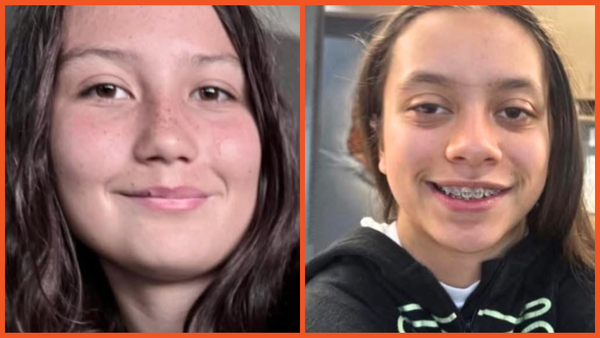
If you’ve tuned into the summer Olympics in Paris, you may have watched gymnast Simone Biles add another medal to her resumé or swimmer Katie Ledecky snag four. If you’ve been paying particular attention to swimming, you’ve also likely noticed some of the athletes’ bodies are not only adorned with tattoos but also red and purple circular marks that look like bruises or very large hickeys. No, they weren’t attacked by bugs or animals, but instead, these marks result from a wellness therapy known as “cupping,” or myofascial decompression (MFD).
“Cupping is a common technique utilized to treat soft tissue injuries and increase flexibility,” Neal Stepp, senior athletic trainer at Orlando Health Jewett Orthopedic Institute Performance Health, told Salon, adding there are different techniques. “The most popular cupping technique utilizes a negative pressure soft tissue treatment using suction to manipulate the skin and underlying tissue.”
Other cupping techniques include utilizing a fire to remove oxygen from the cup causing suction and then utilizing a needle to puncture the skin, suction, and to allegedly release toxins from the punctured skin. Frequently, Stepp said, Olympics athletes experience soft tissue “irritation” or injuries, and one of the several treatments available for this is cupping.
“Athletes who have utilized this technique find it produces great results,” Stepp said. “Other athletes may not find cupping as effective as other soft tissue treatment options.”
Ultimately, he said, the use of cupping depends on the athlete’s preferences in treatment along with “accomplishing treatment goals.”
Many athletes swear by it, including Michael Phelps and Olympic gymnast Alex Naddour. It’s also been endorsed by celebrities like Gwneyth Paltrow and Jennifer Aniston. Despite being popular among celebrities and athletes, Gudrun Snyder, founder of Moon Rabbit Acupuncture, told Salon cupping isn’t a new health practice — it’s a traditional Chinese medicine practice that has been around for thousands of years.
When cupping in the modern day, Snyder said practitioners usually take a plastic or glass cup as a suction. In more traditional practices, it is used with fire and bamboo cups, as Stepp explained.
“It’s similar to massage, where massage pushes down, cupping pulls up on the muscle and the muscles and the fascia that connects the muscles and the connective tissue,” Snyder said. “By pulling up, it loosens anything tight and stuck, and it draws blood to the area.”
As a result of the increased blood flow, muscles get looser, and it can help with a range of mobility. “Swimmers often get a huge build of lactic acid right in their bodies, and they're super sore,” Snyder said. “Cupping helps the body to detox that lactic acid and get it moved out of the area so that soreness can be relieved.”
Sounds interesting, but what about the bruising? And does it hurt? Snyder said when done right, it shouldn’t feel painful. But one might feel a bit of a “pinch.” It might feel “funny,” she added. As if you’re being “hugged by an octopus.”
Despite anecdotal evidence from some of the world’s best athletes, it’s natural to wonder if it’s just a placebo effect or if there’s real science to support this wellness. One 2013 study published in the journal PLOS One examined 61 people, finding those with chronic neck pain reported reductions in pain after 12 weeks of treatment. When compared to a cohort of people who used a technique called Progressive Muscle Relaxation (PMR), the cupping group reported less pain in the affected area when pressure was applied. “Cupping massage may however be better than PMR in improving well-being and decreasing pressure pain sensitivity but more studies with larger samples and longer follow-up periods are needed to confirm these results,” the researchers concluded.
In a separate 2012 study, researchers found that people who had arthritis in their knees and underwent cupping reported less pain in 16 weeks compared to those who didn’t receive any treatment. “In this exploratory study dry cupping with a pulsatile cupping device relieved symptoms of knee OA compared to no intervention,” the researchers said. “Further studies comparing cupping with active treatments are needed.”
Earlier this year, a systematic review in the journal Complementary Therapies in Medicine examined 11 studies related to cupping effectiveness and reported "high- to moderate-quality evidence that cupping significantly improves pain and disability." The authors even said "cupping surpasses medication and usual care in reducing pain."
Stepp said that there could also be mental health benefits, too, although there haven’t been any studies examining a direct correlation yet.
“The utilization of cupping to treat soft tissue pain and discomfort could make the athlete feel better,” Stepp said. “When the athlete feels like their body is being taken care of and is no longer feeling pain and discomfort, the relief of symptoms could have a positive impact on the athlete's mental health.”
Regarding downsides to cupping, Stepp said cupping is considered a “low-risk risk soft tissue treatment.”
“The most common side effect of cupping is bruising, often located directly where the cup is placed,” Stepp said. “However, bruising is not always present. How much pressure is utilized along with soft tissue density and tone impact the possibility of bruising.”







